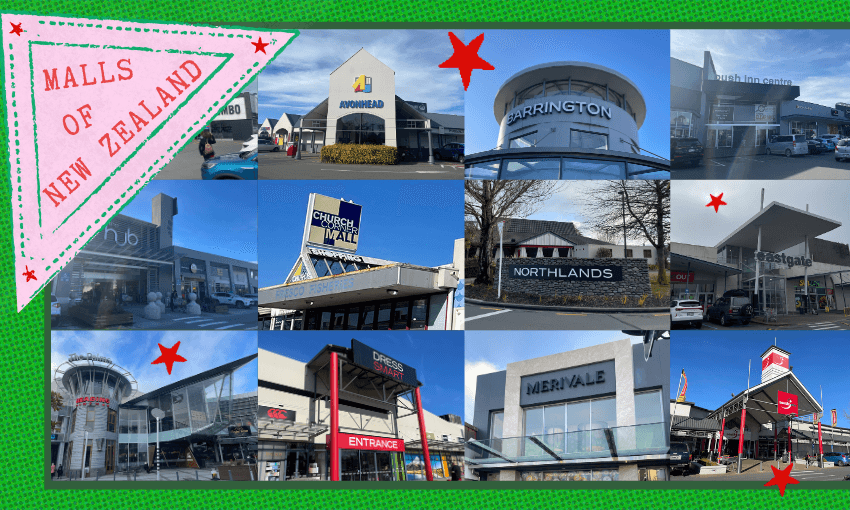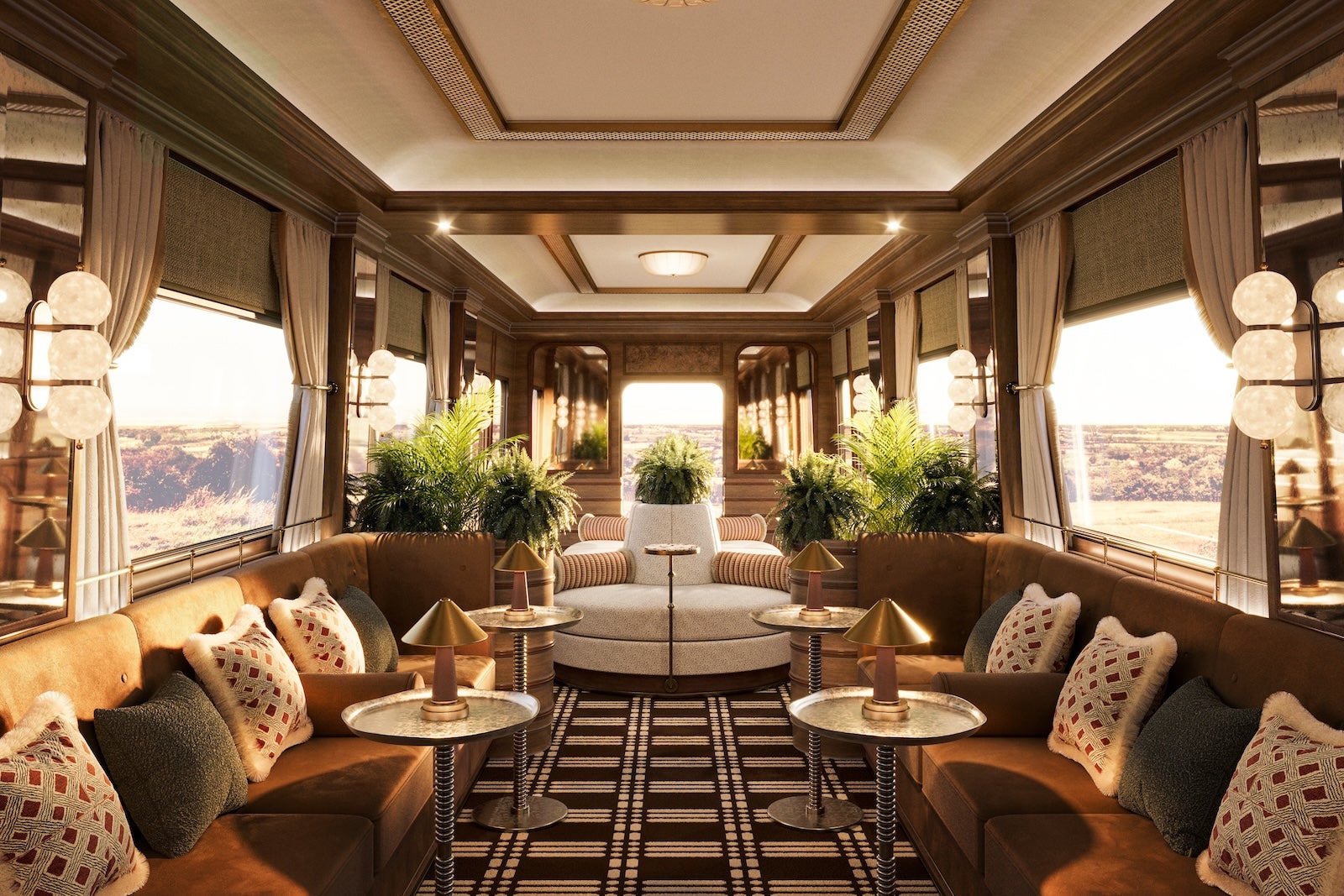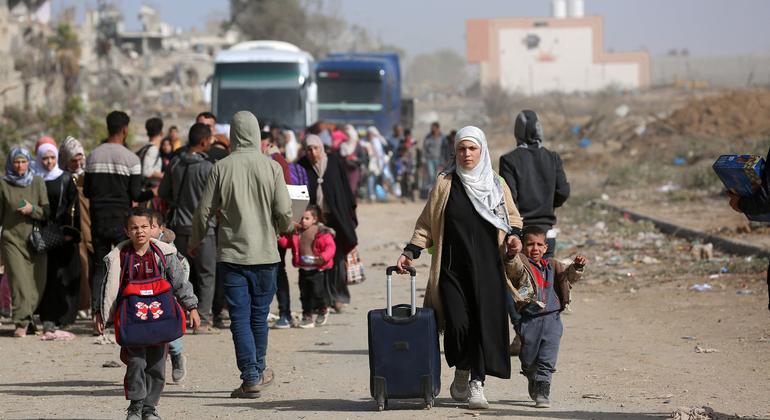Andrea Vance is a senior journalist for Stuff. She likes Invercargill.
OPINION: You can keep your pōhutukawa-fringed Coromandel beaches, sticky Auckland temperatures or camping in the Winterless North.
All I want for Christmas is a holiday in Invercargill.
Southland’s capital was this week voted New Zealand’s Shit Town of the Year.
As well as being the Rolling Stones’ “arsehole of the world” (actually, that was Bluff), our southernmost neighbours are well-used to being the butt of this old joke.
READ MORE:
* How to have a white Christmas in New Zealand
* Southland’s Christmas in the Park returns with bumper crowds
* Can the show go on? Great South keen to help with potential oyster festival options
You can trust this honour will be greeted with a laconic shrug of the shoulders, characteristic of Southlander’s devil-don’t-care attitude.
Former Lions hooker Brian Moore infamously compared the outpost to the nuclear wasteland of Chernobyl. Locals met him at the airport, wearing gas masks and yellow anti-radiation suits, bearing a tray of Bluff oysters. Mick Jagger’s jibe (or was it Keith Richards? No-one remembers) was repeated on a welcome on the road in from Dunedin.
Robyn Edie/Stuff
The Burt Munro Challenge racing championships are held on Oreti Beach.
Because, the people are the best thing about Waihōpai. Warm, eager to please visitors, and with a wickedly, droll sense of humour. Their accent, with a softly rolled ‘r’, is our only regional one.
They are typified by Bluff Marine Radio operator Meri Leask, who calmly guided kayakers, fishers, recreational boaties, and sailors, through the perilous waters of Fiordland, the Chatham Islands, Rakiura/Stewart Island, and the subantarctic islands.
Good as gold, she signs off, a choice phrase that peppers many a sentence south of the Garvie Mountains. Down here, everything is fine.
On their doorstep are seascapes to rival any other region. The soft, creamy sand of Oreti beach stretches as far as the eye can see, with clear views of the southern coastline and glimpses of the impressive peaks of the Takitimu mountain range. That’s where I walk off the Christmas ham.
Follow the beach all the way to the end (it is 26km) long, and pop out at Riverton, the Southlander’s seaside playground. The safe, gentle bays of this quirky town are ideal for children – and wildlife. Here, I’ve paddle-boarded alongside dolphins, playing in the surf and sun-bathed beside penguins.
There is the charming rocky cove of Cosy Nook, or epic sunsets at Omaui, an old fishing village. A short drive from the city are some of the country’s best breaks – Porridge, Colac Bay/Ōraka, or the monster swells of the Caitlins, famous among the world’s best big-wave surfers.
East of the deep, dark Fiordland lakes are a series of plains built by rivers, and rich, green lowlands shaped by farming.
For explorers, it is the perfect base – a gateway to the unspoiled wildernesses of Stewart Island, Fiordland and the Caitlins. But it’s not just the road out that is a draw.
Supplied
Invercargill is the gateway to stunning landscapes like Fiordland, the Catlins and Stewart Island.
There is much to dislike about the local licensing trust (diverting to the bottle-shop to get the Pinot to go with my juicy, local steak is an unholy pain) but it delivers truly world-class facilities.
Splash Palace is one of the best aquatic centres in the country for competitive swimmers and water polo players, but also offers a thrilling hydro slide and waves and spray pool. The city is also home to the country’s only velodrome, and a mountain bike park in a pine forest – quite the achievement for a city that is pancake-flat.
Six days a year, the ILT turns the city over to its youngest residents with a huge festival of rides, games, activities and puzzles for children.
Transport World is the largest, private automotive museum of its kind in the world – a mecca for petrolheads with 300 vehicles from retro Kombis and Henry Ford Letter Cars, to 1930s V8s.
Kavinda Herath/Stuff
The vast skies of Southland are just cloudy – but filled with colourful sunsets, galaxies and the Aurora.
At the Sandy Point Domain – a huge peninsula stretching out into the Foveaux Strait – there are facilities and clubs for sports you’ve never heard of. Queen’s Park, in the heart of the city is sprawling 80ha of beautifully kept rose and azalea gardens, a rhododendron dell and walkways lined with majestic old trees.
It is a city for those who love the outdoors, in spite of the often-bleak weather.
Invercargill endures the brunt of Antarctica’s icy winds. But there is an antidote to the rain-soaked melancholy: mouth-watering cheese rolls, seafood delicacies (Bluff oysters, Fiordland crayfish, Stewart Island blue cod and chips), sweet treats from Seriously Good Chocolate chased with ROAR Coffee, Hokonui moonshine whisky, and the country’s best date scones, straight from the oven at the Batch cafe.
Robyn Edie
The 24m high mural on the south side of the Invercargill Licensing Trust’s Kelvin Hotel by Danny Owen (Deow). ‘Mia’ represents the changing face of the city and growing diversity.
Invercargill’s skies might be the cloudiest, according to the judges. But they also glow with purple and red sunrises and sunsets, twinkling stars undimmed by light pollution, and the colours of the Aurora.
The city can also take issue with the survey which claims Invercargill did “absolutely nothing notable” in 2022. The CBD is undergoing massive refurbishment. New life is being breathed into the centre, with a new $200m mall, and gorgeous hotel and rooftop bar, looking out over beautiful heritage buildings.
Huge, glorious murals have transformed the CBD into a riot of colour and joy. It has street art to rival Melbourne’s laneways, and artist Danny Owen (known as Deow), has made his hometown a draw for creatives with his South Sea Spray festival.
Houses are spacious – and cheap, the schools are excellent, and you could land a plane on the 40m-wide, traffic-free roads.
But, like almost all regional centres, Invercargill does struggle to attract people and investment – and there are chronic workforce shortages, particularly in key services like health and education.
The organisers of this unprestigious award should think twice about naming and shaming: small town New Zealand needs all the help it can get to thrive.
Invercargill might have landed the prize no-one wants this Christmas. But its may favourite place to spend the holidays in New Zealand, and now I’m due South.




















Discussion about this post